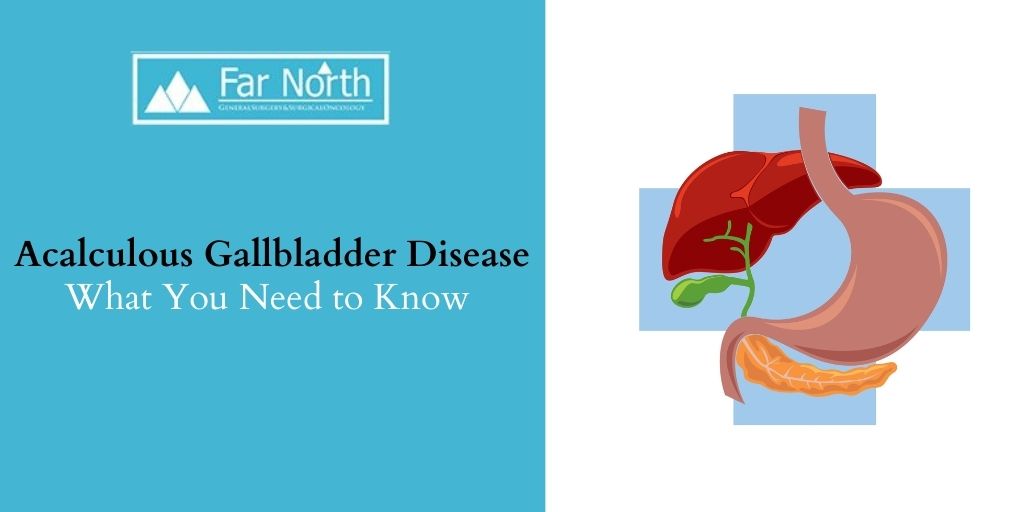


Acalculous gallbladder disease, or acute acalculous cholecystitis, is a condition that causes inflammation of the gallbladder without the presence of gallstones. This is a severe illness that can be triggered by complications arising from other medical conditions, trauma, or long term illness.
Some of the main acalculous gallbladder disease symptoms include upper abdominal pain, vomiting, shortness of breath, fever, nausea, diarrhea, fatigue, chills, upset stomach, gallbladder abscess or gangrene, and increased white blood cell count.
Acalculous gallbladder disease can range from severe to chronic and is more common in people who have some form of significant illness. Other causes or risk factors can include severe trauma, severe burns or tissue injury, cardiac arrest, heart surgery, bacterial or viral illness, shock, malignancy, diabetes mellitus, long-term starvation, drastic weight loss, and more.
Pathophysiology
Pathophysiology essentially refers to the biological and physical changes or abnormalities in the body as a response to a particular illness. It is the study of physiological processes that result from or are a cause of an injury or a disease. In acalculous gallbladder disease, pathophysiology may include responses such as gallbladder ischemia, stasis, gallbladder distention, inflammation of the gallbladder, perforation, gangrene of the gallbladder, and bacterial infection in the gallbladder.
Predisposing Factors
Some of the main predisposing factors for acalculous gallbladder disease include acute hepatitis, heart surgery, Wilson’s disease, gallbladder polyps, bacterial infections, abdominal surgery, systemic infectious diseases, and diabetes, among others.
Epidemiology
Epidemiology refers to the study of incidence, distribution, and patterns of health and disease conditions in certain populations. Acalculous gallbladder disease accounts for 10% of all cases of acute cholecystitis and 5% to 10% of all cholecystitis.
As compared to females, males are more likely to develop acute gallbladder disease post-surgery. Those suffering from HIV or any other immune system illnesses are more susceptible to acute acalculous cholecystitis.
Diagnosis of Acalculous Gallbladder Disease
In order to diagnose Acalculous gallbladder disease, your blood sample will be taken and checked for infections or any other signs. An ultrasound test may also be suggested in order to assess your gallbladder distention and gallbladder wall thickness. If the ultrasound test results are unclear, a HIDA (hepatobiliary iminodiacetic acid) scan may be recommended. This scan tracks the movement of bile from your liver to the small intestine.
To treat Acalculous gallbladder disease, hospitalization is usually required so that the inflammation of the gallbladder can be controlled. In extreme cases, especially if the condition is chronic, surgery may be necessary (open or laparoscopic) to remove the gallbladder. Other standard treatment options would include pain medications and antibiotics to counter infection.
For more information on acalculous gallbladder disease and its treatment, contact us.